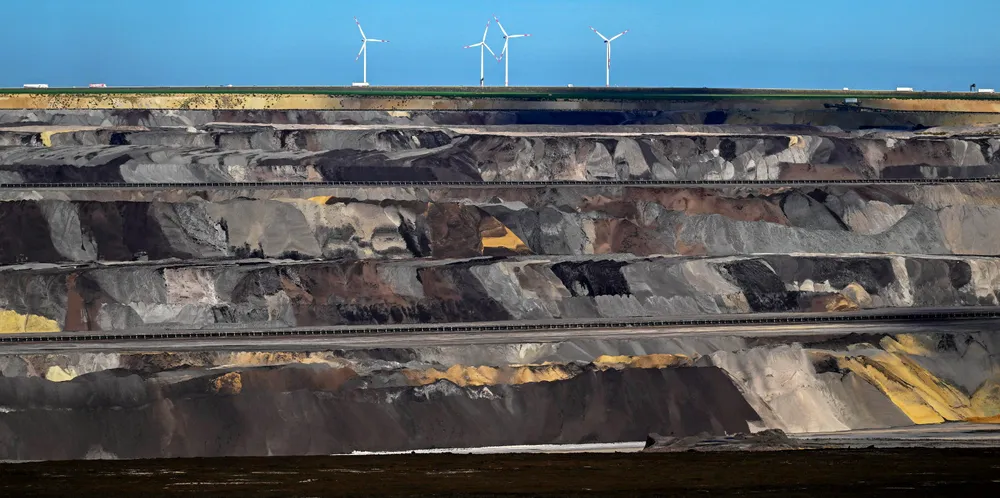'We'll more than compensate': RWE defends green credentials in 'scrap wind for coal mine' row
Utility giant faces storm of criticism over decommissioning to make way for expanded German lignite facility, but points to raft of extra green capacity in same area
